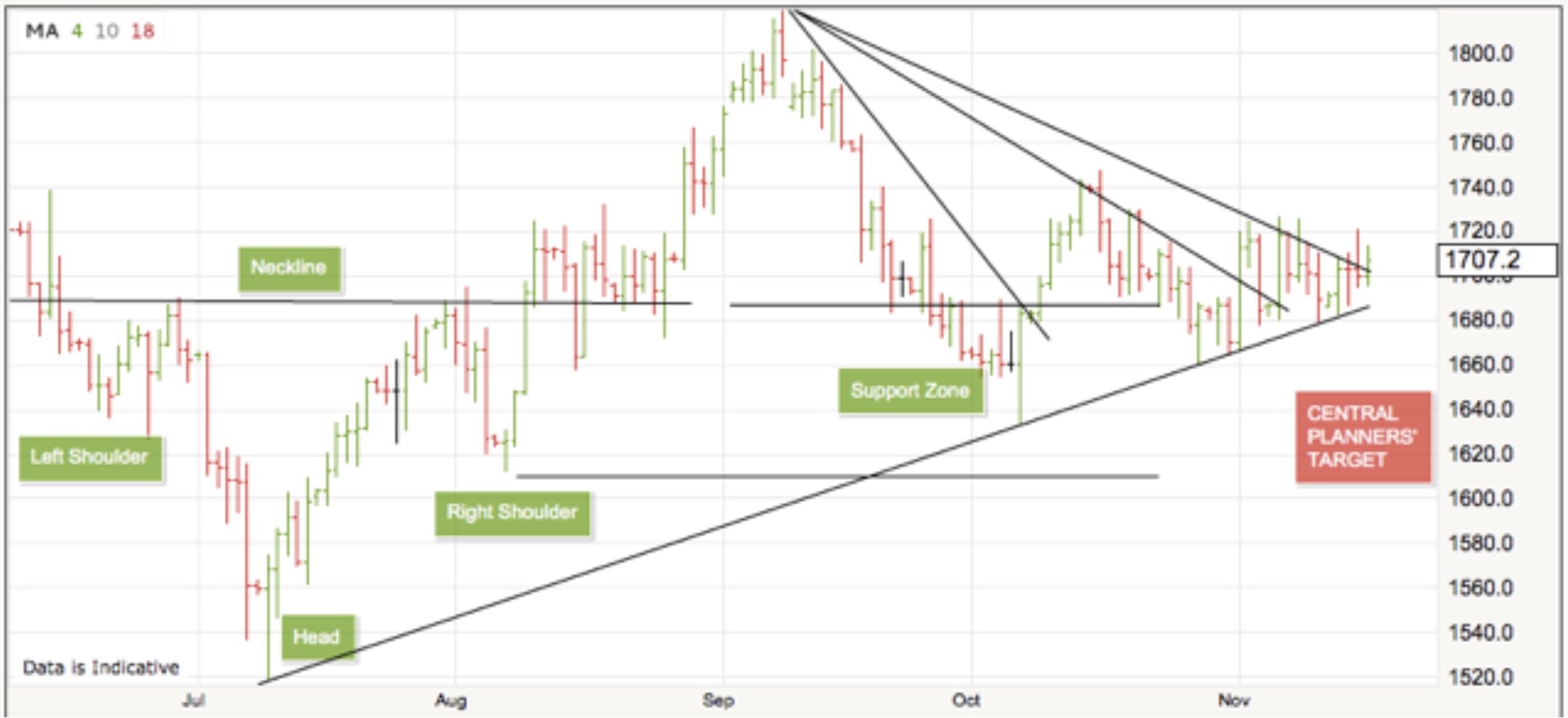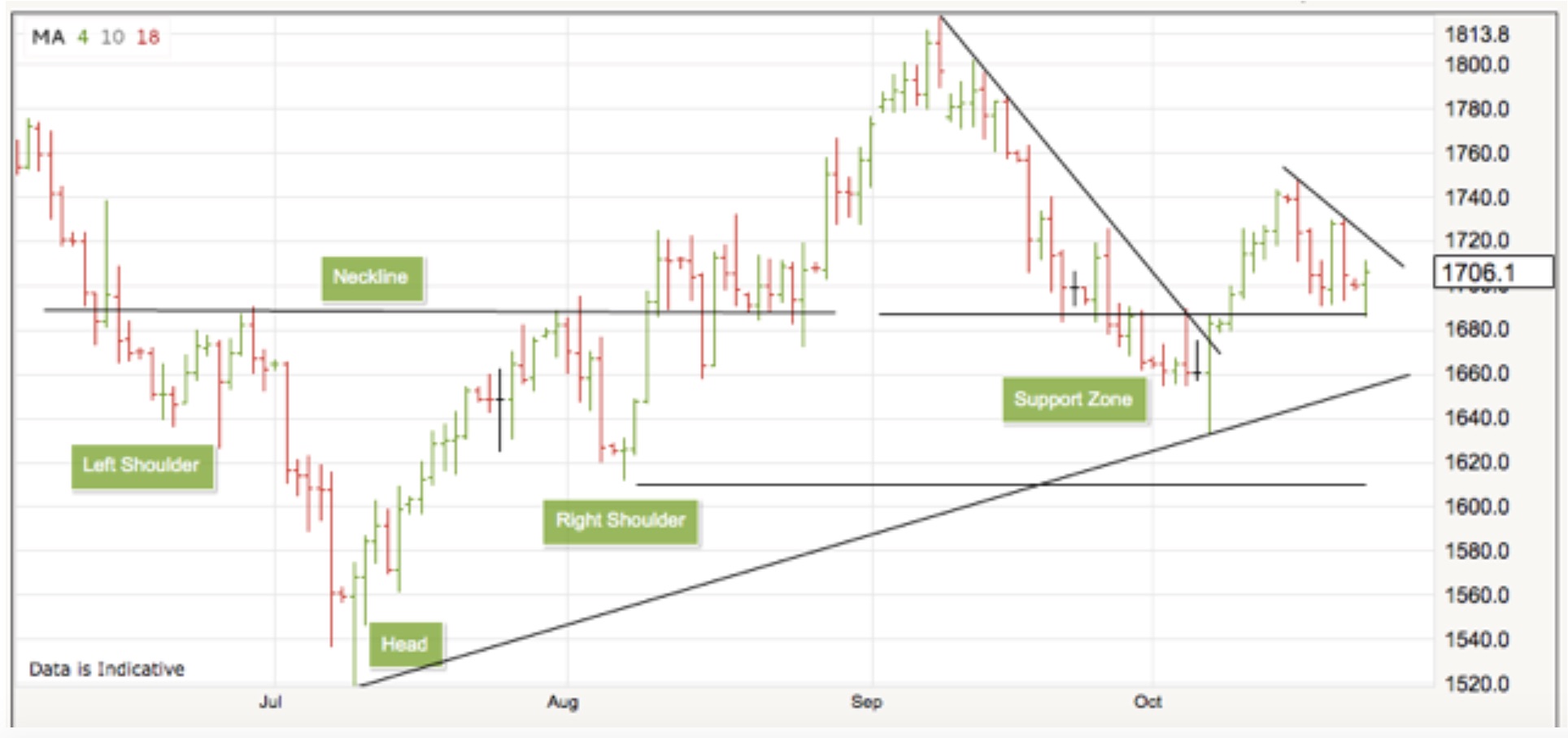Alasdair Macleod, runs FinanceAndEconomics.org, and is on the GoldMoney board, talks about gold and crypto-currency and the future for both.
Will gold continue to stand the test of time? Will its 10,000 year history as a store of value suddenly be erased? Unlikely.
- Source, Jay Taylor Media




